![]() — หน้าแรก — เกาะติดข่าว
— หน้าแรก — เกาะติดข่าว
ข่าวเศรษฐกิจและธุรกิจประจำสัปดาห์
-
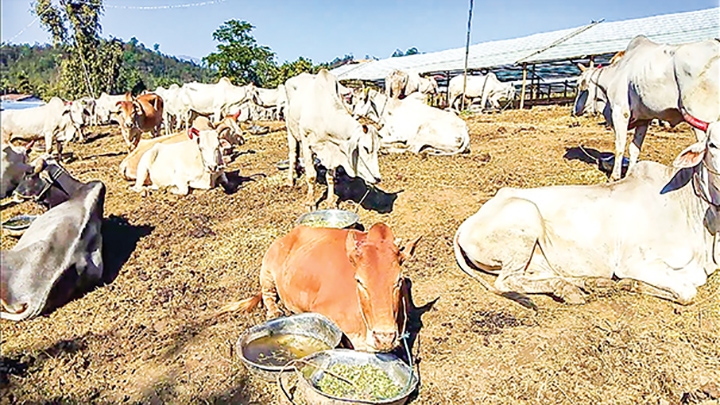
Myanmar’s exports of cattle, animal products down by USD $ 254.3 million in the first ninth months of current fiscal year
Myanmar’s exports of animal products between 1 October and 17 July in the current fiscal year 2019-2020 touched a low of US$64.7 million, a sharp drop of $254.3 million compared with the corresponding period of the 2018-2019FY when livestock trading was suspended by China. In the previous fiscal, animal products exports were registered at $319 million. Animal products exports are solely driven by the private sector this year. At present, live cattle exports to China has been on the decline due to the suspension of a trade by China since the pre-Chinese New Year period, said cattle exporters. Normally, a large cow is valued at over K1.6-2.3 million, but last year, the suspension of trade led to Chinese traders resorting to price manipulation and offering a lower price of below K1 million. -
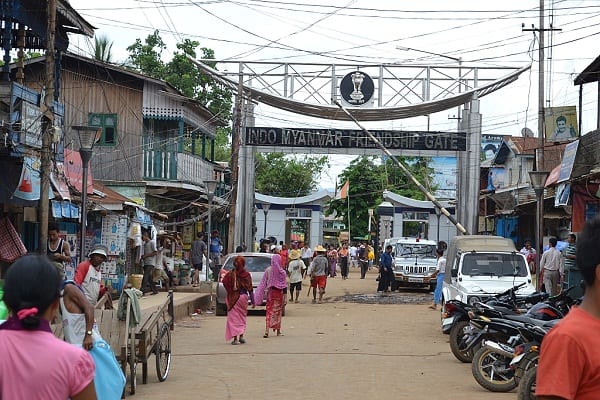
Myanmar government pushes the implementation of Tamu border trade zone at Myanmar – India border
Dr. Than Myint, Union Minister of the Ministry of Commerce, said that the government will form another task force in addition to the existing central committee and two working committees to push the implementation of Tamu Border Tade Zone at Myanmar-India border. The city Tamu located near the Myanmar-India border has good potential for bilateral trade. Therefore, the union government of Myanmar, in collaboration with the government of the Sagaing Region, is trying to build a border trade zone to improve trade with India. -

More than USD $ 720 million earned from fishery product exports over the past nine and half months of 2019 – 2020 fiscal year
More than US$720 million has been earned from export of fishery products over the past nine and a half months exceeding US$106 million compared to the same period of last year, according to data from the Ministry of Commerce. US$722.751 million was earned from fishery export from October 1 to July 10 in the current 2019-2020 financial year. In the same period of last fiscal year, US$616.275 million was earned, so this year saw an additional US$106.476 million. Deputy Commerce Minister Aung Htoo said fishery export value would hit US$1 billion yearly if domestic farming capacity could improve. In the fourth year of the current government’s term, over US$730 million was earned from export of fishery products such as fish and prawn. -

The largest Hong Kong SAR investments exceed USD $ 1.34 billion in third quarter of the current 2019 – 2020 fiscal year
Hong Kong SAR has emerged as the largest investor in Myanmar with 41 Hong Kong-based firms pumping in US$1.34 billion in real estate development, electricity, and garment businesses at the end of the third quarter of current financial year, according to the Directorate of Investment and Company Administration (DICA). Hong Kong SAR topped the list of investors in the past nine months, followed by Singapore, which invested an estimated $1 billion in 13 projects. Investments also flowed into the country from China, France, Germany, Indonesia, India, Japan, Malaysia, Macau, the Republic of Korea, Thailand, the UK, Sri Lanka, the Netherlands, Viet Nam, Samoa, Seychelles, Estonia. -

Securities and Exchange Commission of Myanmar (SECM) eyes state-owned enterprises to become players in local state market
Securities and Exchange Commission of Myanmar (SECM) is planning to convince state-owned enterprises (SOEs) to become listed companies at the five-year-old Yangon Stock Exchange, which only has six listed companies so far. “For the SOEs, which need government funding, they can remain as state-owned ones. For the rest, which should run without government funding and under private management, and, by becoming listed companies, can benefit shareholders while reducing investment burden on the government, they, we have discussed, should be made listed companies,” U Htay Chun, Commissioner at SECM, told Myanmar Business Today. He exemplified Vietnam’s success story in making its stock market more active and developed by transforming state-owned enterprises into listed companies. Therefore, Myanmar is aiming to develop its inactive stock exchange by transforming SOEs to listed ones. The government, on the other hand, has also been privatizing some of the state-run businesses. -

The value of Myanmar’s iron and steel materials imports over USD $ 890 million in the eight months of the current 2019 – 2020 fiscal year
The value of Myanmar’s iron and steel imports for the construction sector is valued over US$893.8 million in eight months of the current fiscal year 2019-2020, according to the statistics of the Ministry of Commerce. Additionally, $386 million worth iron and steel products are also imported during October-May period. At present, Myanmar’s steel demand is estimated about 2.5 million tonnes per year, and 92 per cent of which are imported. The demand is likely to grow up to 5.4 million tonnes per year in 2030, according to the Myanmar Steel Association (MSA). If Myanmar can fulfil the requirements of local steel consumption and focus on import substitution, the steel industry will strategically contribute to the nation’s interest. -

Myanmar economy may suffer from a sudden economic slowdown and its subsequent lower FDI
Myanmar’s economy is likely to suffer a blow from a sudden economic slowdown and its subsequent lower FDI, according to the report on the impact of the COVID-19 on Myanmar’s export published by Myantrade. Domestic consumption, the main driver of Myanmar economic growth, will weaken as a result of reduced household spending caused by increased unemployment and resulting income contraction. Plummeting manufacturing output in industrialized countries translated to severe supply-side disruptions in the domestic manufacturing sector in Myanmar. As the COVID-19 outbreak is hitting major industrialized countries, including China, the United States, and the European Union (EU) the Member States, direct supply disruptions are hindering manufacturing production. -
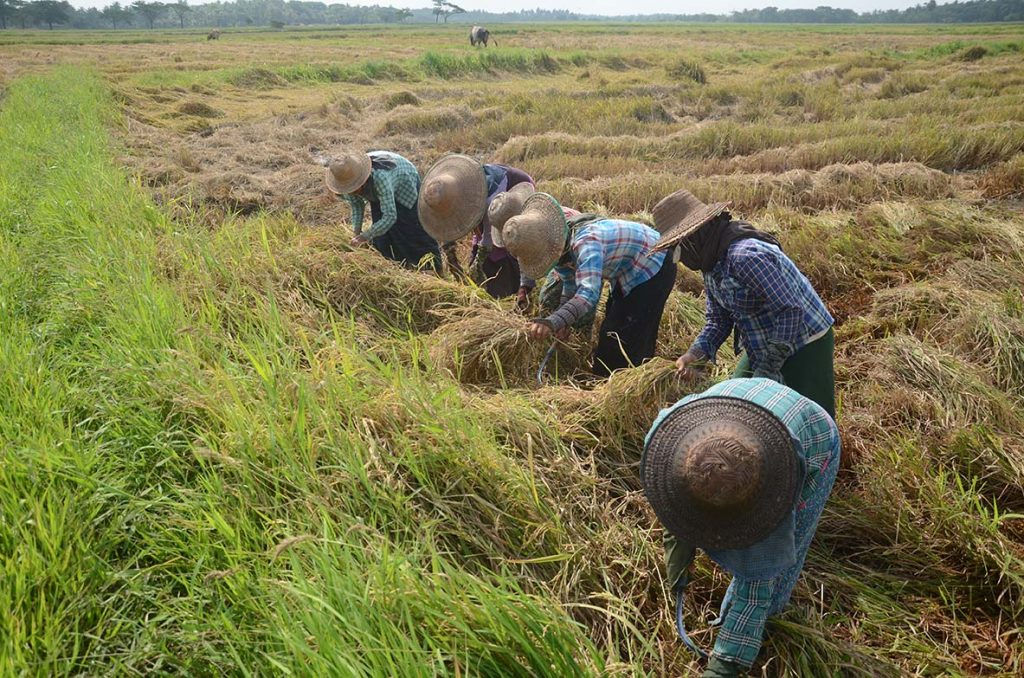
Myanmar’s maritime export of rice accounts over 85 percent in the current 2019 – 2020 fiscal year
Myanmar’s maritime trade constituted 85.74 per cent of rice exports and generated an estimated income of US$560.8 million as of 3 July in the current fiscal year, as per data from Myanmar Rice Federation (MRF). Earlier, border trade was relatively high compared to sea trade in terms of rice exports. Since the previous financial year, border trade has dropped, and currently, it accounts for just 14.26 per cent of the total rice exports. Rice exports through the borders have generated an estimated $87.186 million in the current financial year. Myanmar primarily exports rice to China through the borders. However, trade in agricultural products has been halted on account of China clamping down on illegal trade and China’s precautionary measures to contain the spread of coronavirus. -
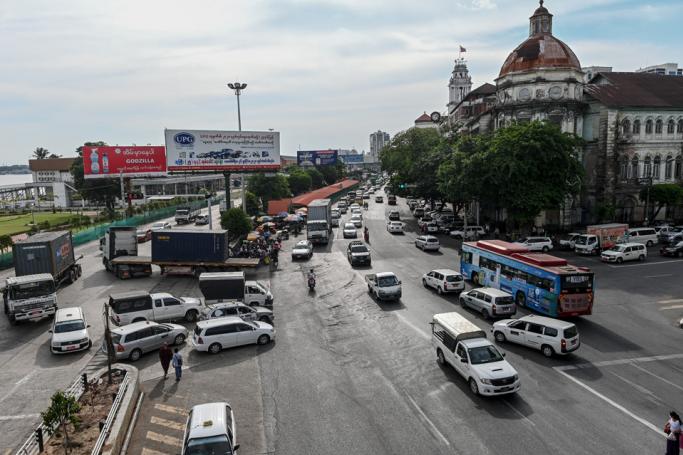
The new report on impact of COVID – 19 on Myanmar has revealed that Myanmar companies see drops in demand from international customers
Nearly 76% of export businesses in Myanmar have been moderately to strongly affected by the coronavirus pandemic and more than 50% of Myanmar’s companies faced reduced demand from global buyers, a new report on the impact of COVID-19 on Myanmar’s export sectors has revealed. The impact assessment, carried out by Myanmar’s trade promotion organization MyanTrade with technical assistance by the International Trade Center (ITC), presents an overview of the current challenges faced by exporters, an analysis of the pandemic’s impact on each of priority export sectors up to June 2020, and industry-specific recommendations for recovery. ‘This pragmatic report, emerging from Myanmar’s National Export Strategy design process, highlights that recovery will take some time and that key reforms will need to be engaged; it also shows that the pandemic is creating new opportunities for Myanmar economy to become stronger and more resilient in a fast-changing and evolving world,’ Daw Naw Mutakapaw, Director General of MyanTrade, said. -
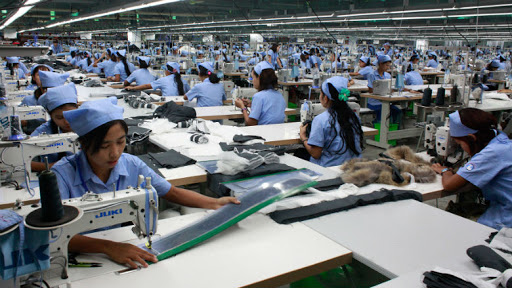
Cut-Make-Pack (CMP) garment exports valued USD$ 2.73 billion in the period between 1 October and end of May in the current 2019 – 2020 fiscal year
Exports of garments manufactured under the cut-make-pack (CMP) system were valued US$2.73 billion in the period between 1 October and May-end in the current fiscal year 2019-2020, according to data from the Ministry of Commerce. Myanmar’s manufacturing sector is largely concentrated in CMP garments and textiles, which contribute to the country’s GDP to some extent. The garment sector is among the prioritized sectors driving up exports. The CMP garment industry has emerged as a promising one, with preferential trade from Western countries. The majority of Myanmar’s garment factories operate under the CMP system, and those engaged in this industry are striving to transform CMP into the free-on-board (FoB) system, according to the Myanmar Garment Manufacturers Association.
เกาะติดข่าว
Copyright © 2014 Business Information Center All Rights Reserved.







